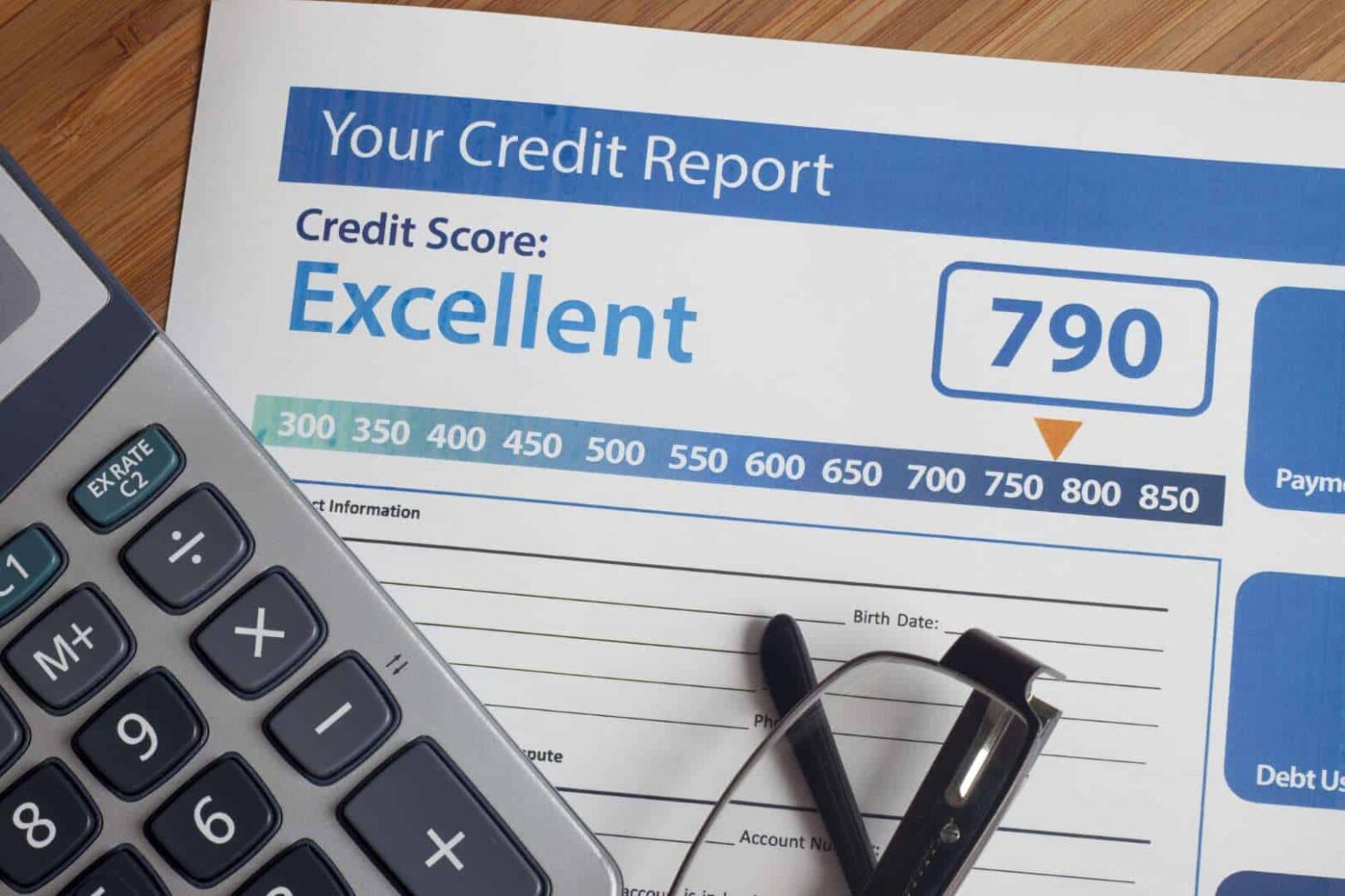MSN, June 15, 2018
As of last August, according to data from the Boston Federal Reserve, more than 3 out of every 4 adults had at least one credit card. Using Census Bureau data from that year, we’re talking about 189 million card-carrying adults. If we also include charge cards that are required to be paid off in full each month, there are up to 192 million card-carrying Americans out there, per CreditCards.com.
That’s a lot of buying power — and also plenty of potential to screw up your credit score.
Understanding the basics of your credit score
For those of you who are unfamiliar with credit scores, we’re often talking about the FICO score developed by Fair Isaac Corporation, which ranges from 300 points at the low end to 850 points at the high end. Generally speaking, the higher your score, the more bargaining power you have with lenders when it comes to interest rates or even getting approved for a loan or line of credit.
Though FICO is secretive with the exact formula used to generate your credit score, the following five factors, along with their relative weighting in parenthesis, are what generate your score, according to CreditCards.com.
- Making on-time payments (35%): There’s nothing more important to cardholders than paying their lenders on time. If you consistently pay your bills on time, it goes a long way to improving your credit score.
- Credit utilization (30%): Generally, lenders want to see that you’re responsible with your credit usage. This means not using more than 30% of your aggregate available credit, or perhaps even pushing higher than this percentage on any single credit card.
- Length of credit history (15%): Your credit report is like a road map for lenders. The more data points you provide, the more complete picture they can draw about your ability to pay back loans on time.
- New credit accounts (10%): Though you do have to open up lines of credit and/or credit cards to initially build your credit history, your score will take a (short-term) hit with each hard inquiry by lenders. Ideally, this means only opening accounts when it makes financial sense to do so.
- Credit mix (10%): Finally, lenders like to see a nice balance of revolving loans and installment loans on your credit report. Installment loans are the same amount each month, such as with a mortgage or auto loan. A revolving loan varies based on how much you owe, such as a department store credit card.
Read more here
Track your finances in CountAbout!

